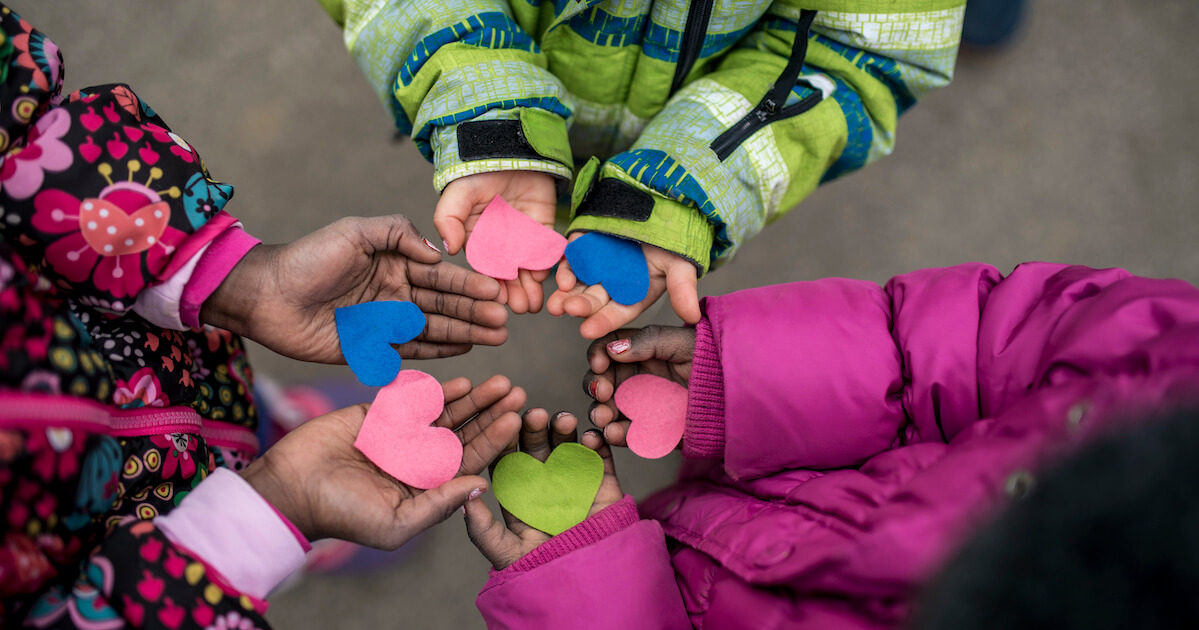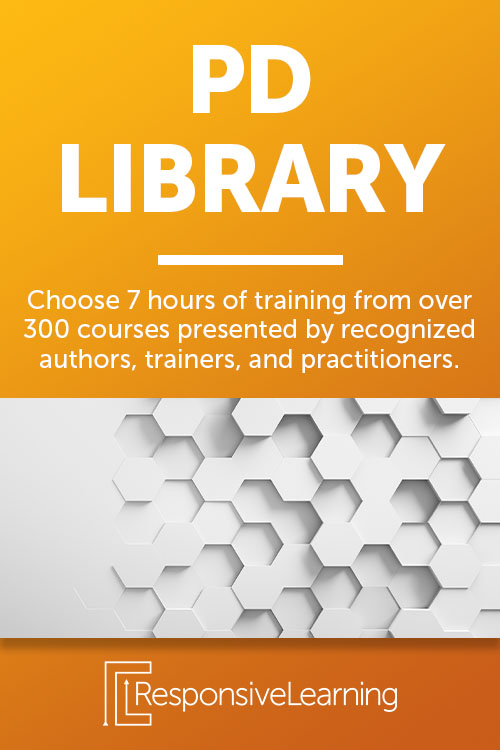Teachers have a lot on their plates. You have to create fun, engaging lessons, prepare for testing, differentiate your material for students at several different levels, and give emotional support to many small humans each day. Throw complicated global issues on top, many that affect your students’ ability to learn, and you have the perfect recipe for one worn-out teacher.
Tolerance is one idea that is important for students to learn while they’re young and can shape their futures. When students don’t have a healthy view of tolerance, they can start down a path of bullying and hatred that expands as they grow. The good news is that skills like empathy, compassion, and kindness can be taught.
Teaching tolerance in the classroom
Educators know that teaching tolerance in addition to academic lessons is an important part of shaping the minds of the future, but with so little time available and so much to get done, how can you squeeze in lessons about empathy and humanity?
What if the answer wasn’t about creating more space in your day, but rather incorporating tolerance into your existing lessons?
That’s the idea award-winning teacher Lisa Barry had, and now she spends her life helping educators learn how to teach these important life skills without adding extra curriculum to your already packed schedule.

Using what you have to make a difference
Teaching tolerance doesn’t have to mean creating entire lessons. For example, Ms. Barry says that one way to teach tolerance is to point out instances of empathy and sympathy as you are teaching other subjects. History and literature are perfect for this.
Many students don’t know the difference between empathy and sympathy, and it affects their understanding of tolerance. Sympathy is about understanding the experiences of another, while empathy is understanding the feelings of another.
While you read about historical events, you can point out who was expressing empathy and who was expressing sympathy. This helps students take abstract ideas and apply them to real-life situations.
Taking the next steps toward tolerance
Ms. Barry, who has been helping educators teach inclusion since 2003, has developed phenomenal, easy-to-use lessons that can be incorporated into the existing curriculum for any grade level.
In her career, she developed her own Reading Comprehension Strategies Workshop after working with struggling readers for several years. Her strategies create simplified ways to understand difficult reading comprehension concepts such as text structure, author’s purpose, and summarizing. She specializes in teaching tolerance, empathy, and equity to all grade levels; and how to use lessons of the Holocaust appropriately in all grade levels. Educators who take her course will be well-equipped to teach tolerance in their classrooms.
After taking this informative 1-hour course, you’ll understand:
- The definition of tolerance
- Why teaching tolerance is important
- How empathy can be taught
- Tolerance study resources
- Extension opportunities
- Holocaust study resources
You’ll learn strategies for building empathy, teaching historical events, and incorporating tolerance into your instruction. By using Ms. Barry’s methods, you can teach students of all ages lifelong lessons and skills to build character.
Learn more about teaching tolerance
If you’re looking for a way to incorporate ideas about tolerance into your lessons without adding stress, take a look at the demo for this course, Teaching Tolerance Using Existing Curriculum.







